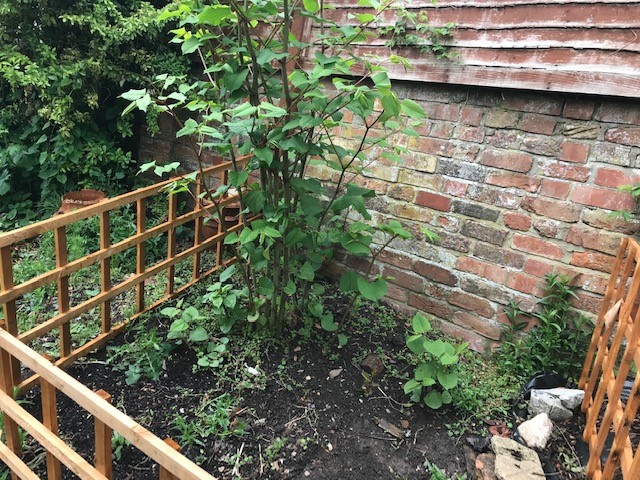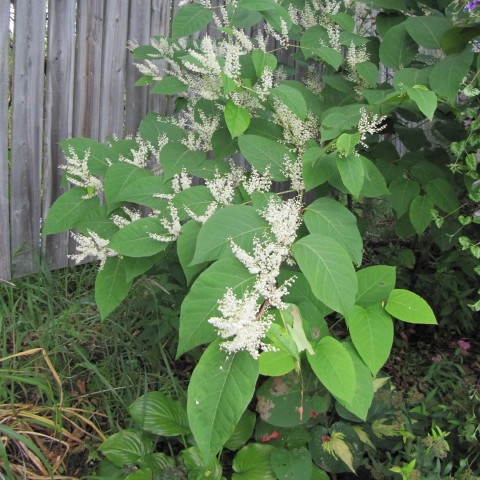
Please note: this blog post is regularly update to reflect the most recent Japanese knotweed guidance
When Japanese knotweed was first introduced into the UK, it was used as an exciting and exotic ornamental plant. As knotweed spread and people began to realise the potential damage it could do, attitudes towards the plant began to change, with knotweed eventually finding itself criminalised in the Wildlife and Countryside Act of 1981.
Our understanding of Japanese knotweed as a plant is constantly changing and evolving, which is why the official guidance for dealing with knotweed is also regularly updated too. The most recent update from the Royal Institution of Chartered Surveyors (RICS) was published on Wednesday 23rd March 2022, regarding Japanese knotweed and residential properties.
The Property Care Association has also published updated guidance for professional valuers and surveyors in light of the new RICS Japanese knotweed guidance.
More...

While it's true that Japanese knotweed is a hardy plant that can grow pretty much anywhere, there are some conditions that it prefers. In general, Japanese knotweed likes to grow in damp areas with full sun, which is often why it's found along river banks and around the perimeter of woodlands.
More...
